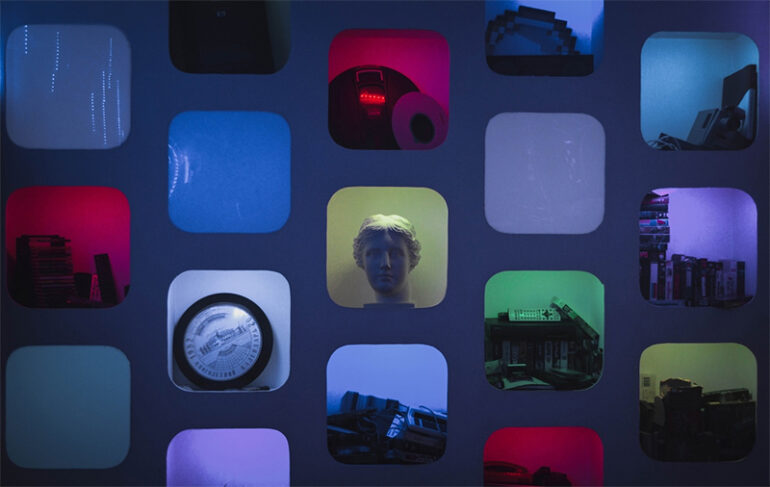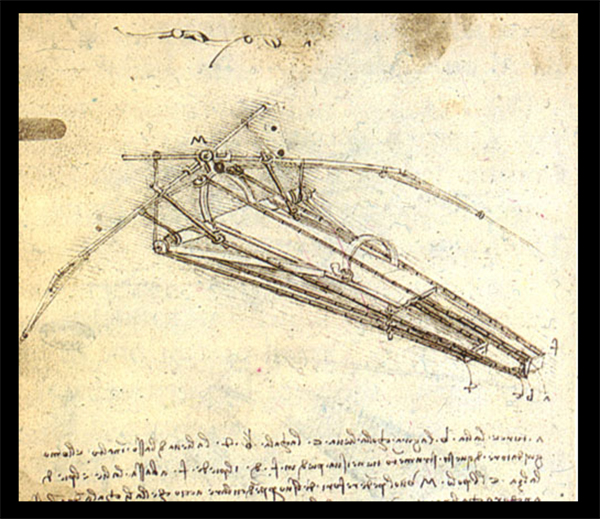Throughout history, art and science have merged in an exciting dance of creativity and exploration. Since the Renaissance, artists and scientists have collaborated to broaden human understanding and inspire new perspectives. This convergence of shared concepts and procedures has yielded astounding results, challenging traditional thinking and fueling creativity. Through successful case studies and emerging trends, we may form interdisciplinary relationships that broaden our understanding of the world and inspire new solutions to global issues. The strength of art-science collaboration demonstrates the boundless potential that exists when creativity and science come together.
Historical Perspectives: Tracing the Roots of Art and Science Collaboration
For millennia, art and science have collaborated on innovative projects. From the Renaissance, when Leonardo da Vinci mixed art with science, to the avant-garde organizations of the twentieth century that aspired to integrate art and technology, these areas have generated astonishing results. This collaboration has broadened human understanding and challenged conventional thinking, fostering new artistic and scientific methodologies. The history of this creative alliance demonstrates the power of cross-disciplinary collaboration.
Exploring the Common Ground: Shared Principles and Processes
Despite their obvious contrasts, art and science share fundamental concepts and methodologies. Both disciplines need observation, exploration, and a keen interest in the world. Artists and scientists look at life through different lenses. The scientific method, which emphasizes objectivity, factual evidence, and logical reasoning, may be supplemented by artistic creativity, imagination, and subjective expression. Artists and scientists may work together to create and improve human understanding in ways that neither sector could do alone.
Case Studies: Successful Collaborations in Art and Science
In the realm of art and science collaborations, numerous case studies stand as shining examples of successful interdisciplinary ventures. One such instance is the partnership between artist Olafur Eliasson and geologist Minik Rosing, who joined forces to create the “Ice Watch” installation. By transporting massive ice blocks from Greenland to urban centers, they aimed to raise awareness about climate change and its impact on the environment. Another remarkable collaboration is the work of bioartist Eduardo Kac, who fused genetic engineering and artistic expression to create a fluorescent rabbit named Alba. These case studies demonstrate the power of combining artistic vision with scientific knowledge, resulting in thought-provoking and impactful projects that engage audiences on multiple levels.
Future Possibilities: Emerging Trends and Potential Impact
Art and science have enormous potential for future transformation. As technology progresses, artists and scientists are collaborating to push the envelope. Bioart, virtual reality, and data visualization are all promising topics of study. These collaborations between artists and scientists have the potential to broaden our understanding of the world, challenge societal norms, and inspire innovative solutions to complex global concerns. The future holds a rich tapestry of artistic and scientific endeavors where disciplines converge, enabling creative fusion and limitless discovery.
Throughout history, the collaboration of art and science has had an influence on our worldview. Artists and scientists have contributed to the advancement of human knowledge by exchanging thoughts and techniques, as well as developing new perspectives and approaches. Through successful case studies and rising trends, art and science will continue to question norms, enhance our understanding, and inspire innovative solutions to difficult global concerns, with revolutionary potential. This diverse collaboration exemplifies human ingenuity and the limitless possibilities that lie ahead.
Photo Attribution:
Featured & 1st image by: https://commons.wikimedia.org/wiki/Category:Science_in_art#/media/File:Cultureofscience.jpg
2nd image by: https://commons.wikimedia.org/wiki/Leonardo_da_Vinci#/media/File:Design_for_a_Flying_Machine.jpg

